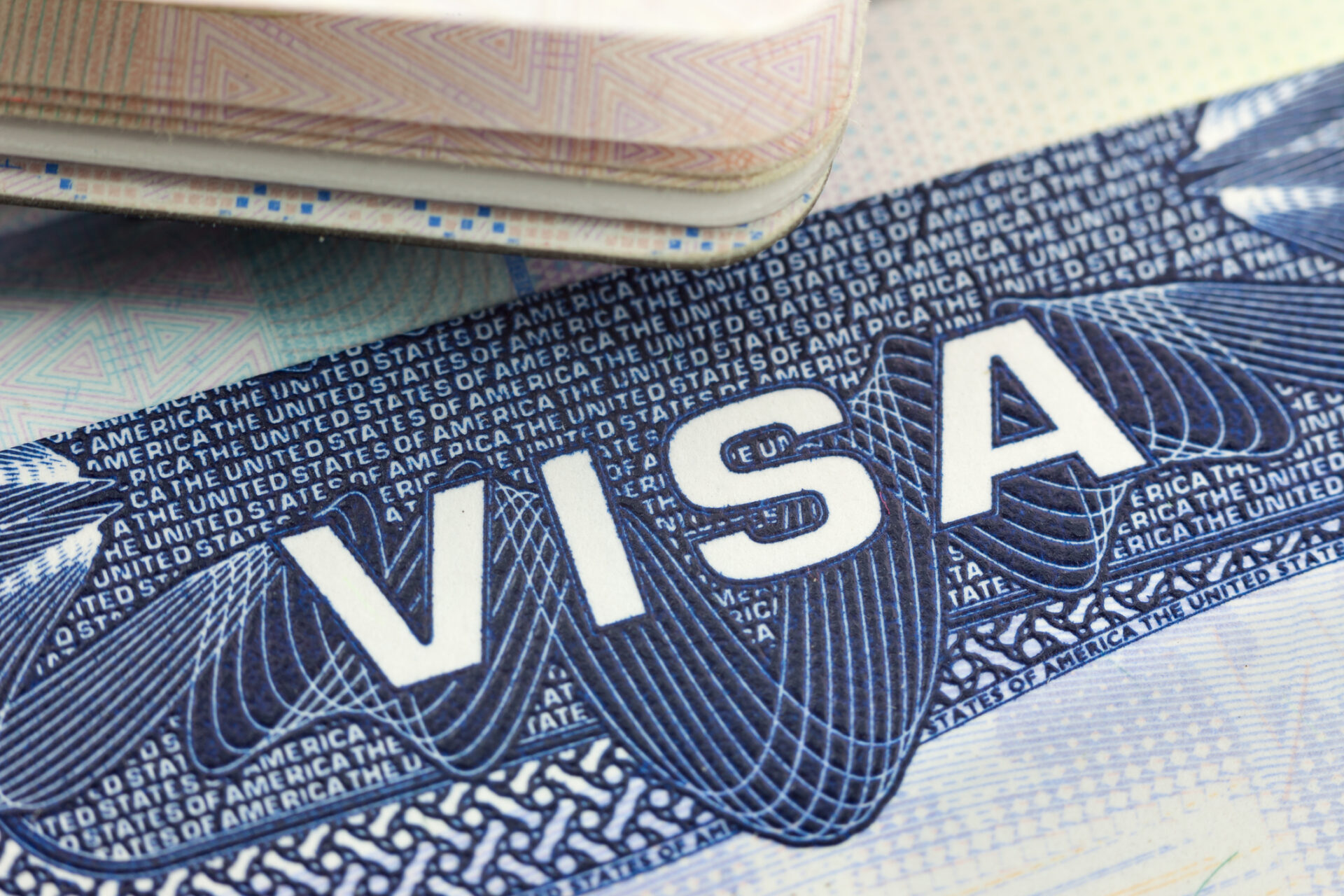COVID-19’s death toll recently reached 1 million, a horrific number we long hoped would not be met. With few signs of cases declining, many have concerns about public health in the fall. What will happen when the weather changes and our lives become concentrated indoors? More importantly, perhaps, what will occur when the flu arrives? What would be the dynamic of these two viruses?
Below are some predictions on how the two viruses may present themselves in the northern hemisphere this fall in correlation with COVID-19 and flu case numbers seen during the southern hemisphere’s flu season.
Twindemic-Associated Panic
News outlets have named the oncoming overlap between Covid-19 and influenza the twindemic. The name exemplifies the worst-case scenario, being that both the flu and COVID-19 spread significantly. Will the coming months reflect really reflect this, though? That all depends on how seriously individuals take the current pandemic and the oncoming flu season.
This year, health officials are advising that everyone receive flu shots. Although this is a message that gets recycled year after year, with some pharmacies, doctor’s offices, and employers offering shots free of charge, there could be more at stake this year for those who forgo the shot. These individuals could get COVID-19 and the flu at the same time.
Because COVID-19 and flu symptoms are similar, those who have both may be unaware of it. That does not mean, however, that it is not dangerous. Having both viruses simultaneously doubles the strain on the immune system and increases the chances that an individual develops complications relating to one or both viruses.
Hospital Capacity Concerns
On a larger scale, this puts a strain on hospitals. Until recently, hospitals did not have the staff numbers or resources to care for those with COVID-19 properly. This was an issue that plagued the earliest months of 2020. As processes have been built out and resources have been made available, the rate of COVID-19 deaths have lowered.
If flu cases in the northern hemisphere are as high this year as they were last year, hospitals could become overwhelmed with patients, and medical resources could be at risk of running low. During 2019, the U.S. saw 6.4 million flu cases, with 55,000 requiring hospital care.
While an earlier start to the 2019 flu season could have played a role in the large numbers reported, such details are of little importance should a twindemic presents itself. Should flu case numbers reported during 2019 reoccur in 2020, the U.S. and other countries in the northern hemisphere could be in trouble.
The Southern Hemisphere as a Case Study
While the data above may be problematic, the southern hemisphere is wrapping up their flu season with record low case numbers. In the southern hemisphere, flu season runs from April to September. Despite concerns over a twindemic, country after country reported lower case numbers this year than in years prior. This year, Australia reported 85 cases of the flu. In 2019, there were more than 22,000 cases. Chile reported a similar trend with around 1,000 flu cases this year and more than 20,000 last year.
COVID-19 social distancing guidelines and mask mandates could be the forces driving 2020 flu case numbers to the ground. Many people are limiting their time in public and have gotten in the habit of disinfecting with frequency, which may also be helping.
Because COVID-19 case numbers are remaining steady in many northern countries, individuals are exercising greater caution when leaving home, whether it be a personal choice or a governmental mandate. With continued diligence by individuals and communities, many northern hemisphere countries may experience relatively few cases of influenza, allowing hospitals to focus on providing cases and resources to patients with COVID-19.
COVID-19 has forever changed healthcare, making telehealth popular. Learn about this medical advancement during a telehealth focused clinical experience through AMO.







Leave A Comment